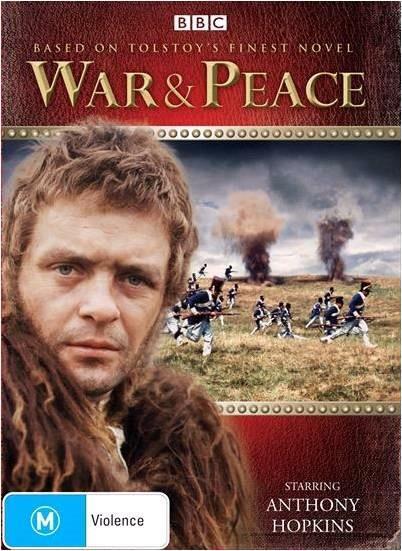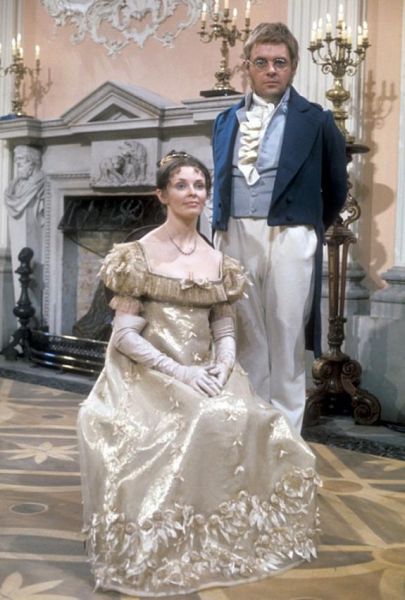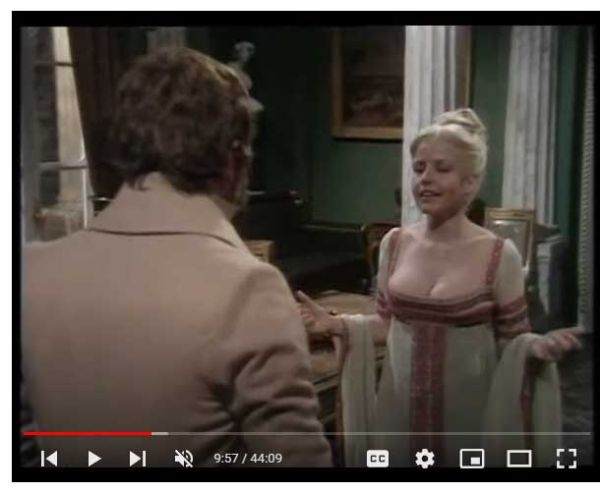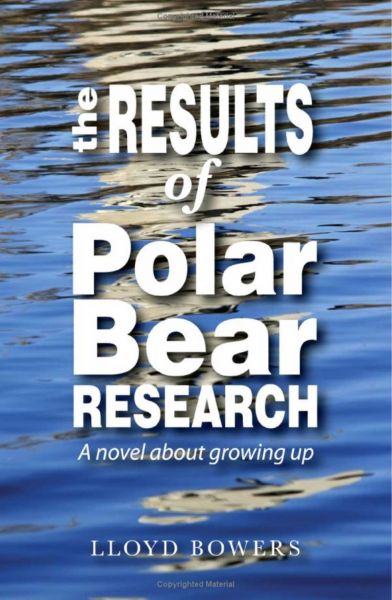War and Peace and Social Networks
War and Peace and Social Networks
The BBC mini-series production of Tolstoy's War and Peace wrapped up in 1972 and arrived in America in 1975, thanks to the Public Broadcasting System. Many viewers consider the mini-series very good because its extraordinary length, about eighteen hours, allowed it to develop the sub-plots, give the characters depth, and even to explore the characters' thoughts when they were alone.
Sir Anthony Hopkins, an unknown at that time, played Pierre Bezukhov, one of the main characters. He was good, and I can't imagine anyone else but Hopkins as Pierre. My college roommate had a TV, so we invited other students over to watch it and to talk about it. When PBS broadcast War and Peace a second time after my graduation, I watched it again and knew that, when I had the time, I had to read the book. Curiously, after I read it, I never bothered with the mini-series again.
Morag Hood as Natasha Rostova, Sir Anthony Hopkins as Pierre Bezukhov
The book let me internalize the characters, who became like friends--real to me; but I still think of Hopkins as Pierre Bezukhov and Morag Hood as Natasha. If anyone else tries to act like Pierre and Natasha, I write them off as rank imposters.
War and Peace changed my life. I had known since grade-school that I wanted to become a writer, but War and Peace sealed the deal. As an epic study of human society in motion, it can't be beat. Tolstoy deals with the good, the bad, and the ugly. He represents every strata of society, every age group. Pierre Bezukhov let himself get drawn into a disastrous marriage to the two-timing Hélène Kuragina, played by Fiona Gaunt. In one scene, Tolstoy writes that Kuragina's evening dress exposed nearly her entire bosom.
Fiona Gaunt as Hélène Bezukhova
I knew I wanted to write like him. Tolstoy allows a half-dozen of his characters to share their points-of-view with the reader, their internal selves, and their interactions with the other characters. In that sense, War and Peace is about human networks. Modern novels, with their reams of descriptive material, solitary rants against other characters, and tendentiousness, can't cut the mustard.
So when I wrote my novel The Results of Polar Bear Research in 2007, I let the characters have their say and rarely interrupted them to comment on their performances. The cookout on the dock at Mel's boathouse runs from Chapter 4 to Chapter 7. My editor asked whether I should let the party run so long; but I never could figure out where to cut in on the conversations. The conversations reveal more about the characters than any analytical comments from me.




